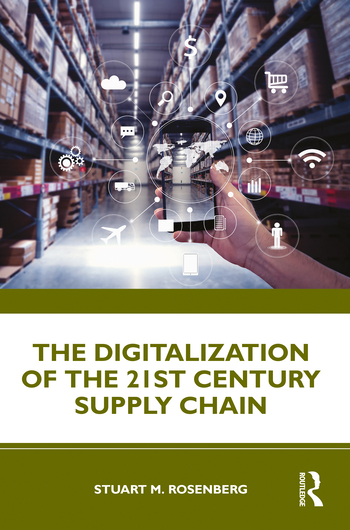It wasn't exactly an amazing revelation when an economist at the Bank of Nova Scotia, after examining wages around the world, reported that auto parts makers producing high labor content products will have an increasingly difficult time competing with the low-wage countries such as China. With hourly manufacturing wages averaging $1.30 in China, $3.20 in Mexico, $23.80 in Canada, $23.90 in Japan and $33.60 in the United States the conclusion is patently obvious. The report also noted that wages represent about 15 percent of overall costs for parts makers in the United States and Canada while materials costs represent about 60 percent.
Meanwhile, the Big Three, facing increasingly intense price competition, are caught between the desire to take advantage of falling manufacturing costs in China and the restrictions in their labor agreements here at home that constrain their ability to shift jobs overseas. They've come up with a novel solution, according to a recent report by Norihiko Shirouzu in The Wall Street Journal: Pass the buck to their suppliers and let them do the outsourcing.
We're seeing here another manifestation of the law of comparative advantage. First described by David Ricardo in 1817, comparative advantage means that if country A makes or does something with relatively less cost than it can be made or done in country B, then country A should do it. Thus, country B is released to earn higher returns on its efforts by doing or making something else.
In this case, country A is China and country B is the United States. Auto parts suppliers in China have become the de facto global benchmark of quality and price for components such as electrical wiring and cables, radios, speakers, small motors, brakes, suspension systems and aluminum wheels. The Big Three are asking suppliers to match these optimum prices, which has the suppliers scrambling to close a cost gap ranging up to 40 percent.
As Norihiko points out, the only way for U.S. suppliers to match their competitors in China may well be to either move jobs there, or to purchase a majority of subcomponents from Chinese suppliers.
The Big Three aren't pushing everything out the door and overseas, of course. Ford, for example, has been investing billions of dollars in flexible assembly tools and equipment as part of a 5-year restructuring program aimed at slashing $5 billion in parts and other costs.
Less than 5 percent of the components Ford uses to build vehicles in North America come from offshore. Only 0.1 percent of materials and parts that GM uses in North America come directly from China. Nonetheless, one wonders whether this marks a return to some of the pricing practices common in the days of the infamous Mr. Lopez. Stay tuned.






